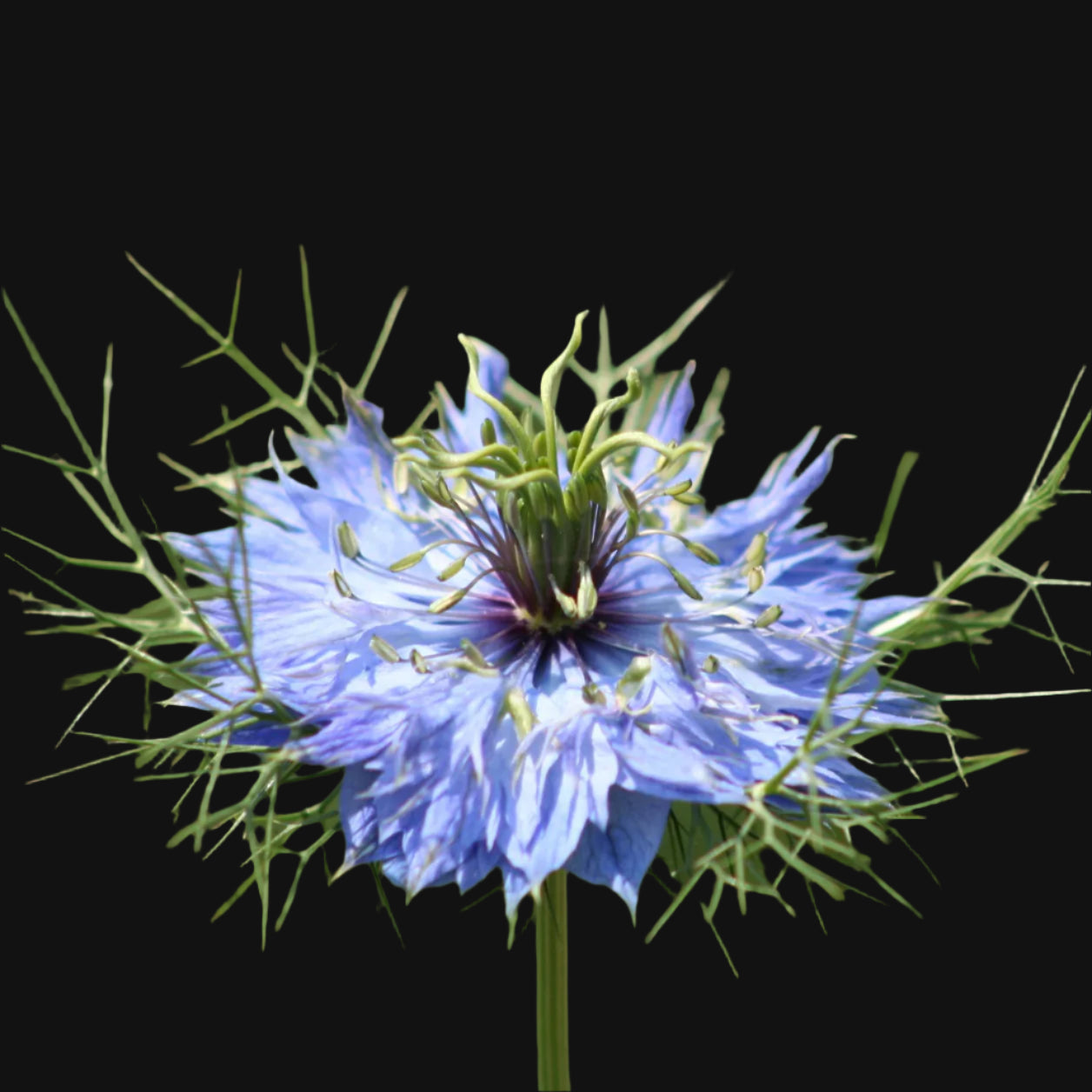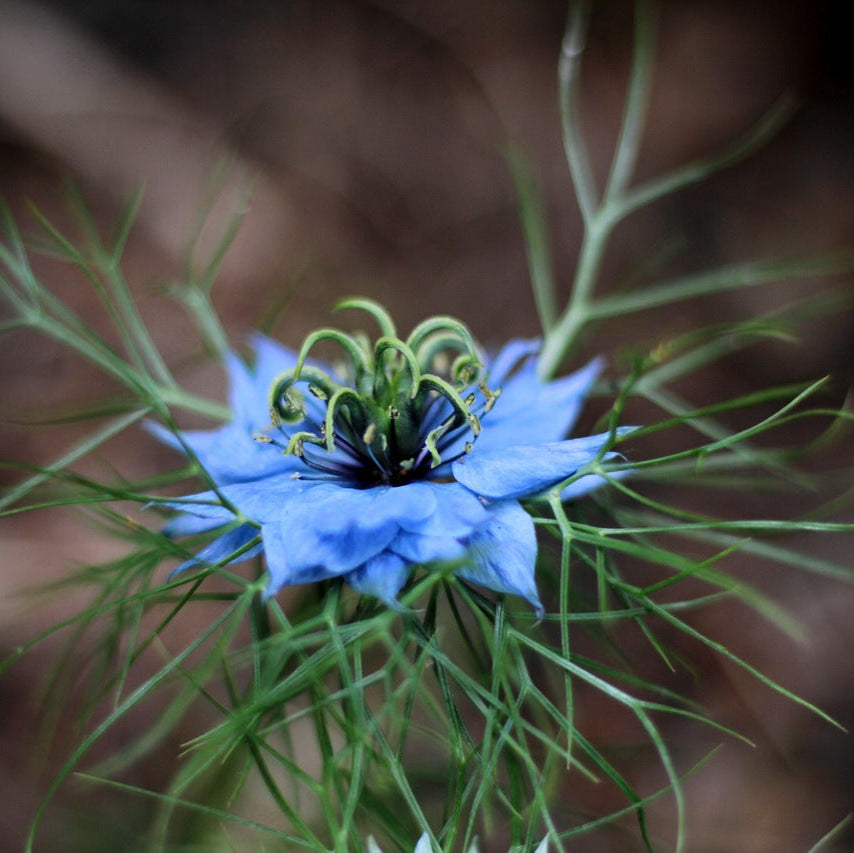Seed the Change!
Seeds of Diversity Canada estimates that nearly 75% of vegetable varieties have disappeared. 25% of native plants are at risk and diversity in flower gardens is shrinking.
We are working to restore the biodiversity that was once common in gardens, farms, and nature around Canada!
Nigella
Nigella
Nigella damascena
28 in stock
Height 0.4-0.6m (16-24in) Spread 0.2-0.3m (8-12in)
- Weight: 1g / 0.04oz
- Product Count: 88
- Growing Difficulty: Easy
- We ship Wednesdays !
Couldn't load pickup availability
All our seeds are 100% Canadian Grown, Processed-by-Hand, Non-GMO, Certified Organic, and Open Pollinated. From our 10-acre Seed Farm in Metchosin, BC since 2004.
Quick Notes
- Hardy annual with feathery foliage and blue-white blooms
- Unique seed pods ideal for dried arrangements and crafts
- Self-seeds easily for continued presence in the garden
- Excellent cut flower with long-lasting vase life
- Prefers full sun and well-drained soil
About Nigella
Nigella, also known as ‘Love-in-a-Mist’, is a classic summer flower that brings charm and delicacy to any garden. Its finely-cut, fennel-like foliage creates a misty backdrop for the crisp, white-to-blue star-like flowers. As the blooms fade, they are replaced by striking balloon-like seed pods that are both ornamental and useful for crafting and dried bouquets. This hardy annual is easy to grow, self-seeds readily, and provides a whimsical, old-fashioned elegance to beds, borders, and cottage gardens.
Where Can You Grow Nigella?
Nigella thrives in Zones 3-9 and prefers full sun and light, well-drained soil. It is particularly well-suited to cottage gardens, meadow plantings, and wildflower borders. Once established, it naturalises easily and will return year after year through self-seeding.
History and Historical Uses
Native to southern Europe, North Africa, and Southwest Asia, Nigella has been cultivated for centuries as an ornamental plant. It was especially popular in Victorian gardens for its soft texture, dainty flowers, and unusual seed pods. Though not commonly used for culinary purposes, its cousin Nigella sativa produces edible seeds, sometimes confused with black cumin.
Canadian Zone Information
Zones 8-9: Direct sow in early spring or autumn for blooms the following season.
Zones 5-7: Sow directly in spring after frost or start indoors 4 weeks earlier.
Zones 3-4: Start seeds indoors and transplant after last frost date.

How to Grow and Harvest Nigella
Planting: Sow seeds 3mm (1/8in) deep, spaced 10-15cm (4-6in) apart.
Watering: Water lightly but consistently; avoid waterlogged soil.
Harvesting: Cut blooms for fresh or dried arrangements just before fully open.
Maintenance: Leave some plants to go to seed for natural reseeding.
Seed Saving Tips for Future Supply
Let Pods Mature: Leave some flowers to form seed pods and dry on the plant.
Harvest Seeds: Collect pods when brown and crisp, then break open.
Dry and Store: Fully dry seeds and store in a cool, dry place.
Store: Properly stored seeds will remain viable for up to 4 years.
Certified Organic By
Islands Organics Producers Association (Cert#1962)




